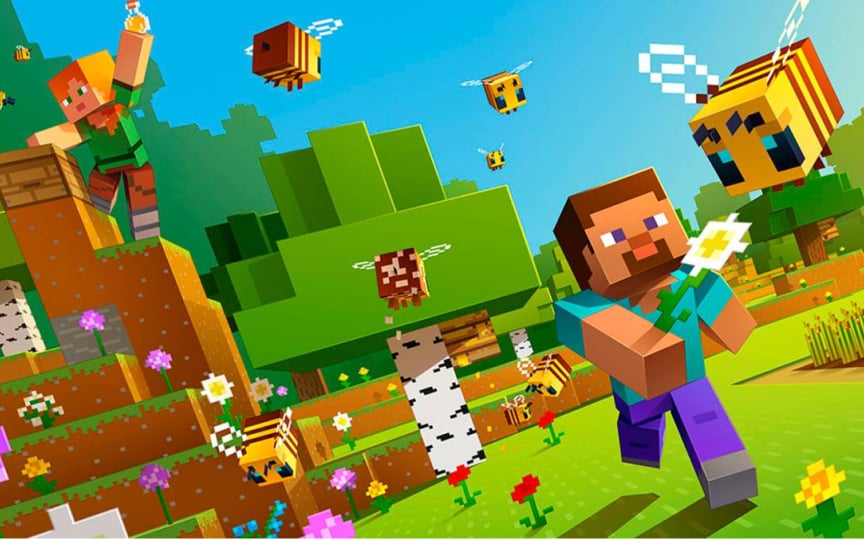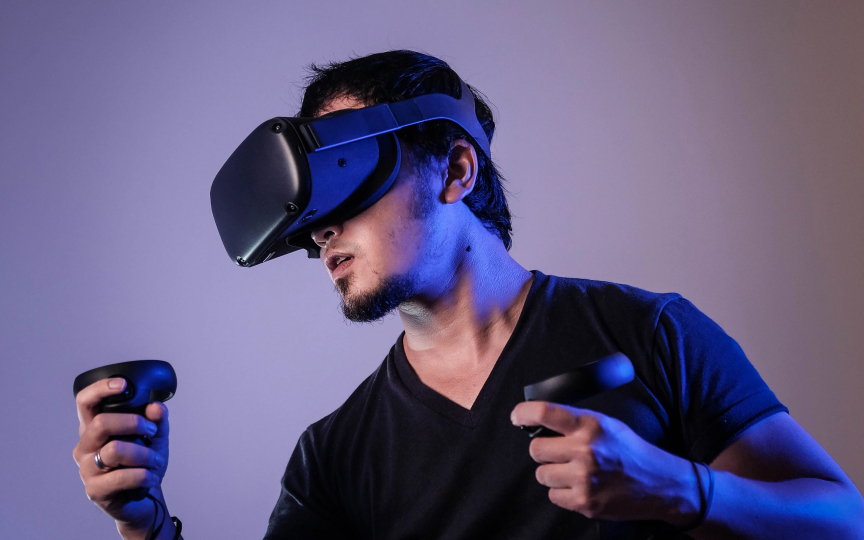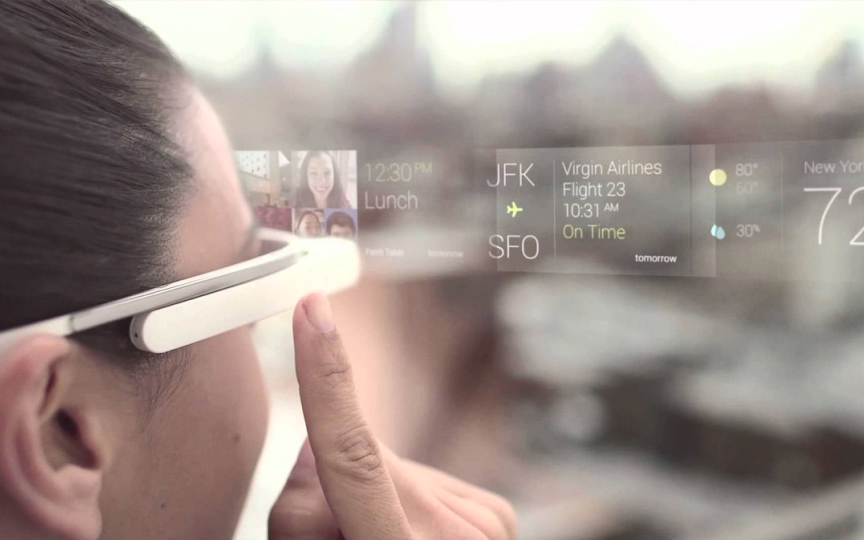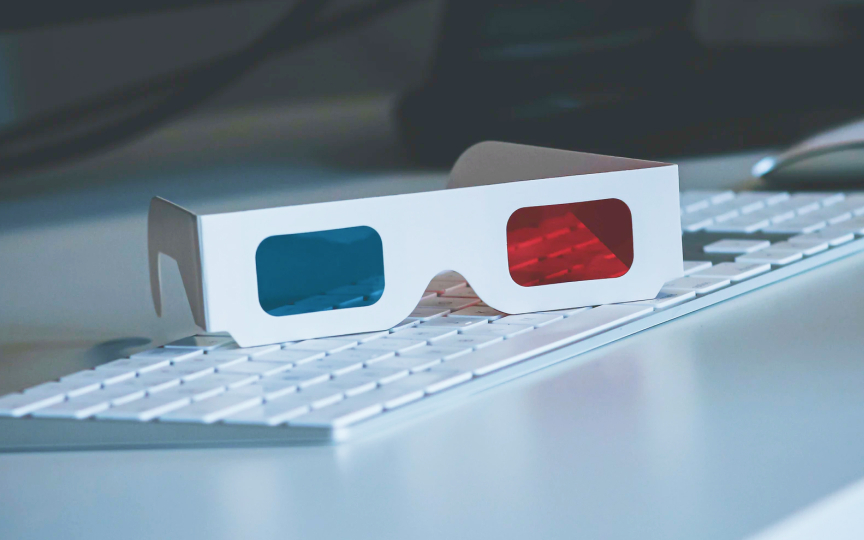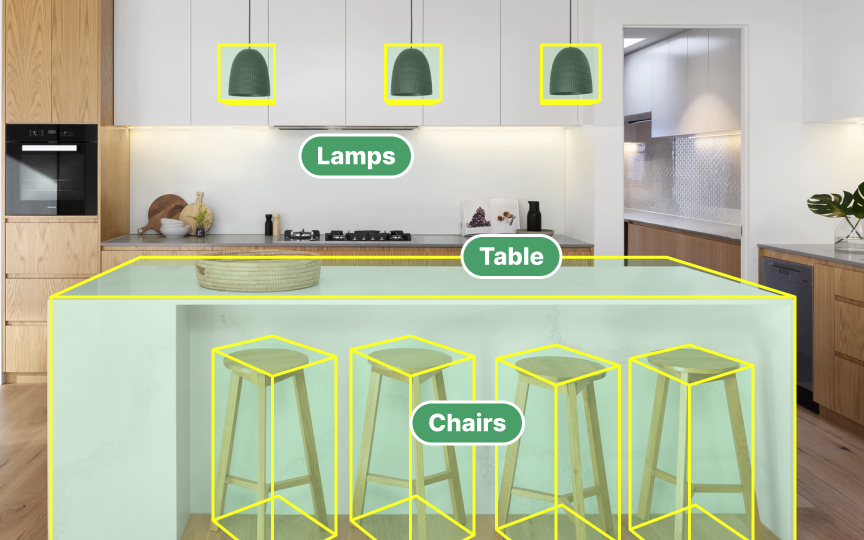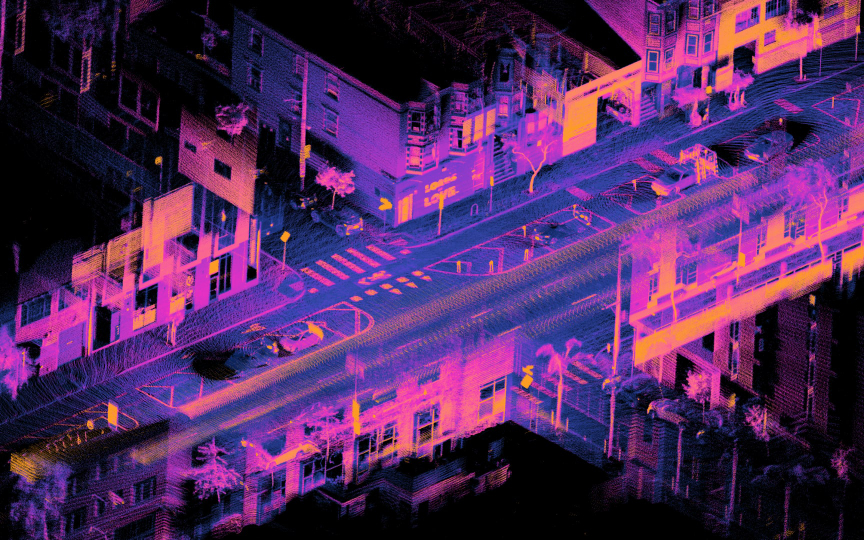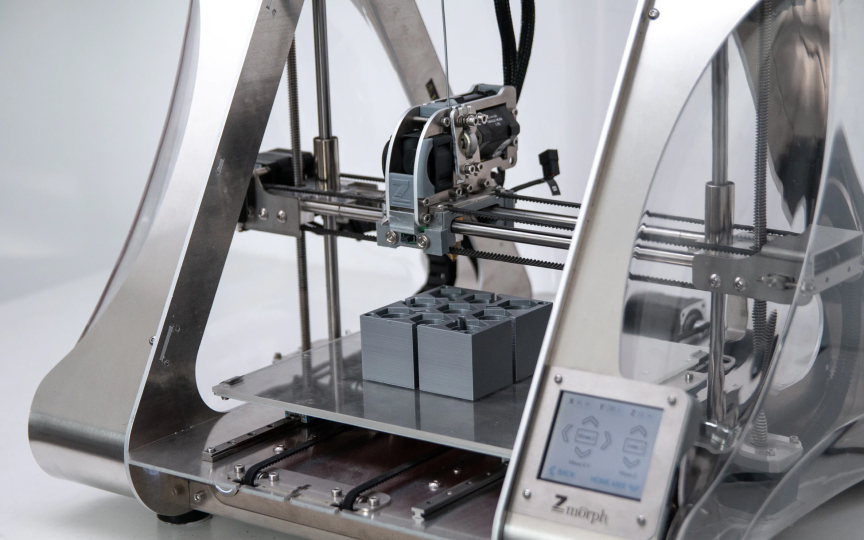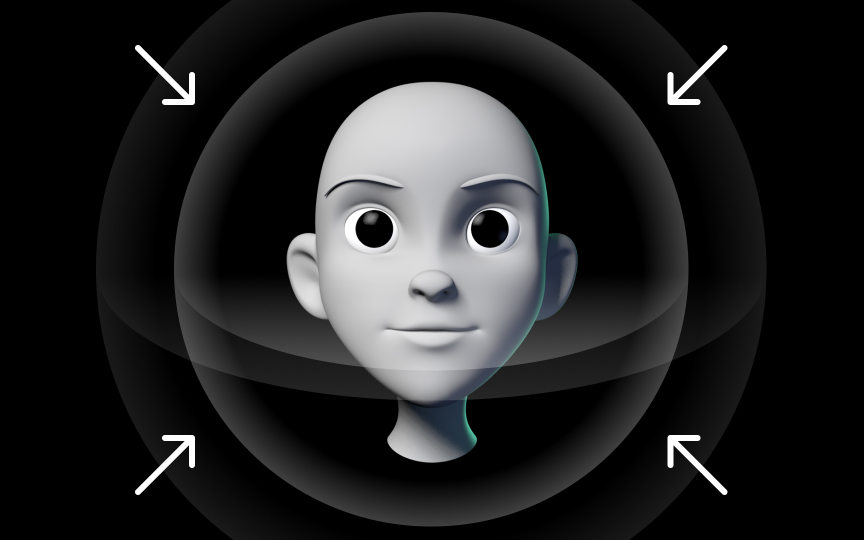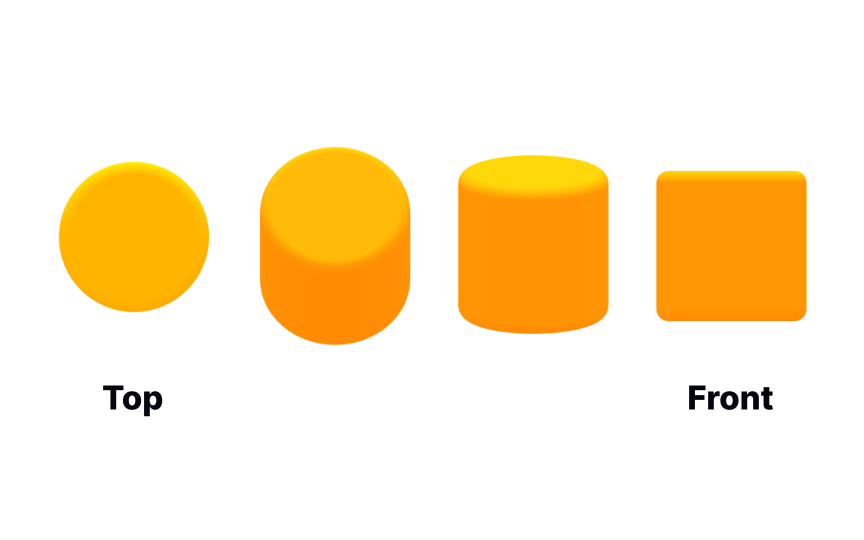Applications of 3D Design
Explore the fascinating applications of 3D design across industries
If you are considering getting into 3D design but aren't sure what exactly it entails, this lesson is for you. 3D design is everywhere today — from special effects to surveillance to prosthetics. This lesson gives you a short overview of different fields of 3D design and their applications.
Even if you can't decide what appeals to you the best, fear not. Many of the skills you'll learn working with one type of 3D technology are easily transferable to others, allowing for a change of profession later.
3D animation is probably the most popular usage of 3D graphics. In the world of 3D animation, creating a realistic portrayal of a scene or character is crucial. To achieve this, artists use special software that projects scenes and characters into the two-dimensional surface through a process called "rendering." After the release of Toy Story, the first computer-animated feature film, the popularity of 3D animation has only grown. Now, it's almost impossible to imagine a large-budget movie without such animation. Using specialized techniques, 3D lighting can manipulate light sources, shadows, and reflections to create an illusion of depth and dimension in the rendered images. Overall, 3D animation can enhance the visual impact of a scene, bringing it to life in ways that 2D animation simply can't match.
Even before 3D
Video games' share of the US entertainment market grew from 5% to 13% in the last 30 years. It's a booming business for any aspiring designer.[1]
Unlike video games, virtual reality, or VR, allows people to feel as if they are active participants of the environment. Special headsets track users' head and eye movements, and each side of the headset renders an
Augmented reality, or AR, overlays virtual objects on top of the real world, whether it is 2D or 3D. Examples of 3D AR include Snapchat filters, games like Pokemon Go, and many more. For instance, AR is already used in navigation systems, industrial design, architecture, military — you name it. Needless to say, AR is quickly developing and becoming even more popular. For example, MarketsAndMarkets projects that the AR market will grow 7 times in the next 5 years.[1]
3D glasses work by using two sets of slightly offset
3D recognition allows identifying 3D information of chosen objects in a photograph. It's widely used in facial recognition software — you can run an
3D scanning is similar to 3D recognition – a sensor or device can detect the volume of a shape from the real world and create a 3D model in a digital space. 3D body scanning, especially combined with 3D printing, is used in healthcare to make perfectly fitted prosthetics, dental implants, casts, and many other things.
3D printers are used to print 3D models made in special simulation software by layering materials, like plastics, composites, or bio-materials, to create virtually any kind of object. Its use varies from producing prosthetics to actual houses, and its application is growing exponentially.
3D sound allows us to experience sounds the way we perceive them in the real world — by interpreting sounds as movable objects rather than static channels. There are various technologies to achieve the same. For example, you are probably familiar with surround sound — an audio system where speakers are positioned around the listener, and the audio signal is split into multiple channels.
3D is widely used in architecture and industrial design. Engineers create models of products for mass production or buildings and other structures, and they use these models to test their potential safety and design. UI design is also embracing 3D, as spatial communication technologies require us to solve problems in the third dimension. Besides knowing their area of expertise, 3D artists in these fields need to understand modeling,
The skill that allows us to manipulate 3D objects mentally is called spatial intelligence. Everyone can and does think spatially, but not everyone does so with confidence and success. The good news is — practice makes one perfect![4] Using 3D modeling software allows you to develop extensive spatial thinking skills needed to become a great 3D designer.
References
- Spatial intelligence: What is it, and how can we enhance it? | PARENTING SCIENCE
Top contributors
Topics
From Course
Share
Similar lessons

3D Coordinates System

Shape Primitives


